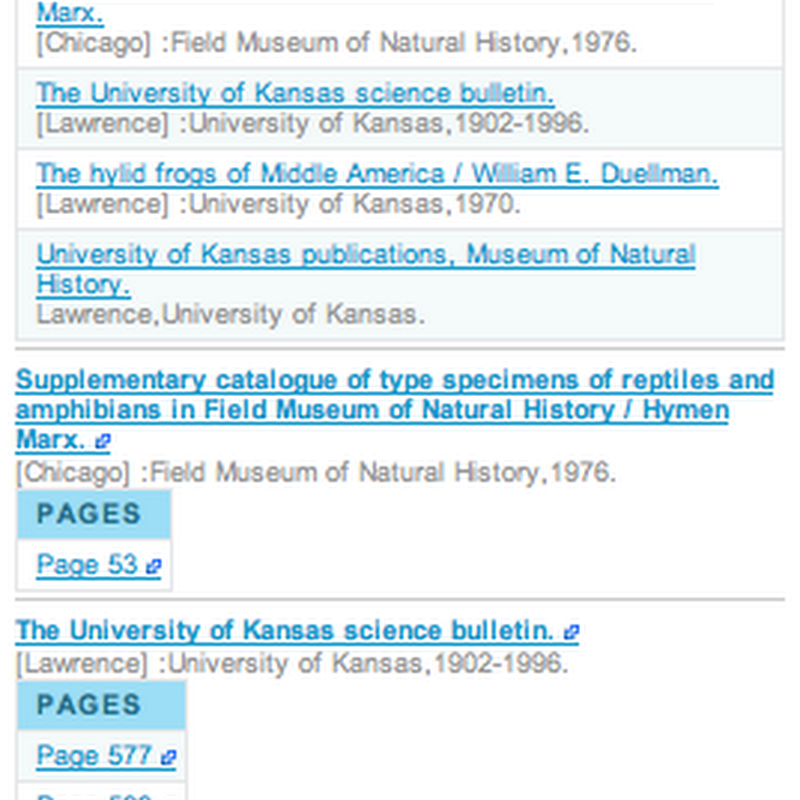
I migrated my personal Mastodon account from mastodon.social to biologists.social recently. If you’d like to do the same, I found this guide very useful. Note that, once you move, all your previous posts are left behind on the old instance. Before I migrated, I downloaded all of my data from the old instance. I thought I’d take a look at what I had posted to see if anything was worth reposting on biologists.social.



